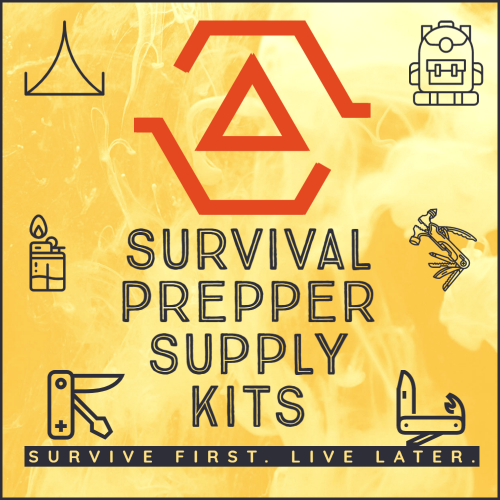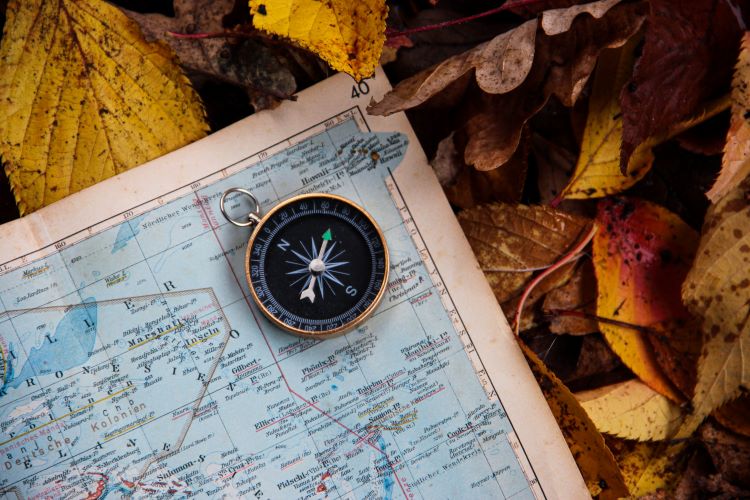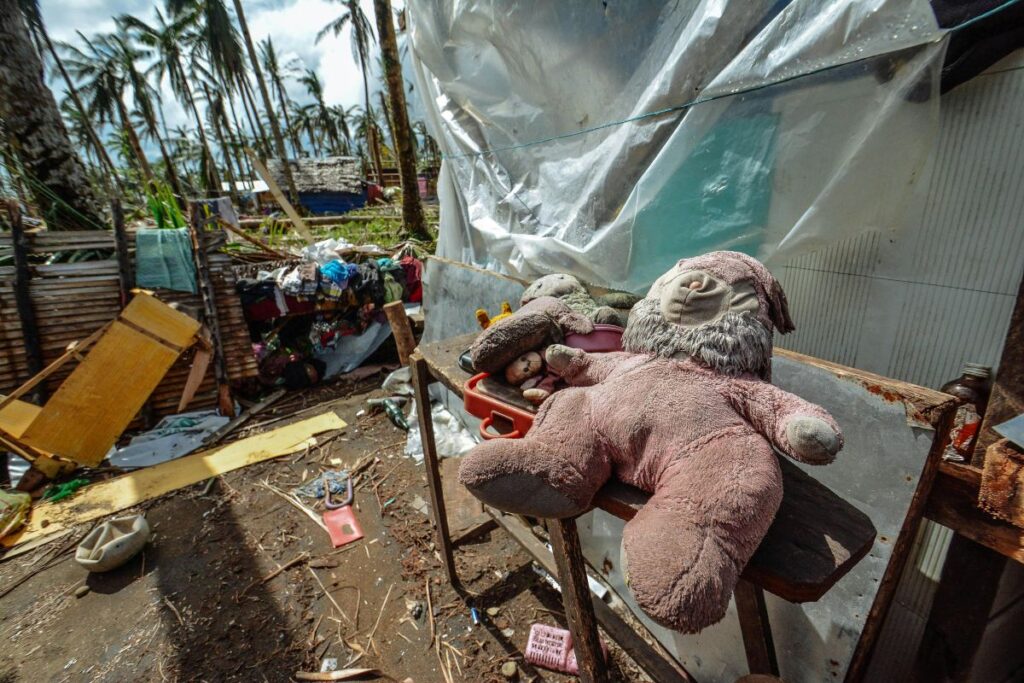Continued – More Ultimate SHTF Survival Lessons #6-7, Travel and Navigation, Stay Calm
When you are in a survival situation, you may end up in dangerous situations that you aren’t quite prepared for. Not only can there be a threat of unsavory individuals to contend with, but you may find yourself in some sort of terrain you’re not used to. You need the Ultimate Guide to SHTF Survival Lessons.
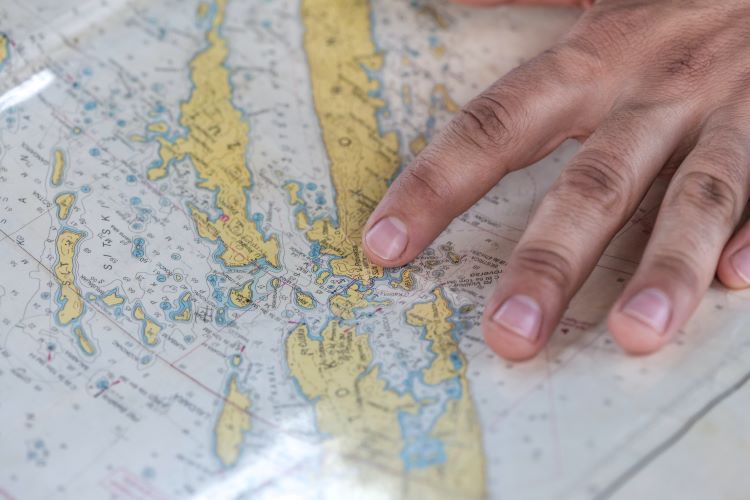
Lesson #6: How Survival Preppers Travel Safely and Navigate Correctly without Getting Lost
We are used to GPS systems that navigate for us and tell us how to get from point A to point B. But you survival preppers may not have that type of convenience in a survival situation. You may have to navigate with or without a map or compass.
Getting lost when you are on foot and trying to seek shelter or food or find your way back to your family is a very scary situation. This is even more of a threat when you are dealing with extreme weather elements.
Related: Survival Prepper Tips for Knowing When It’s Time to Bug Out
You also don’t want to suffer any type of injury because you are walking on terrain you’re not familiar with, such as a rocky or steep hill that causes you to fall and sprain or break your ankle, for example.
Not only is it dangerous to be in these situations, but it could cause you to use up more of the resources that you’ve taken with you unnecessarily. If it takes you too long to get from point A to point B, you’ll be using up the water you’ve taken and the food and other supplies.
Part of knowing how to navigate a survival situation is thinking about it in terms of different transportation methods. You may or may not have access to a car. You may have to use a bicycle or walk to a new destination.
You also might be using some sort of water transportation, such as a kayak or boat. You need to know how to use these tools, even if you aren’t familiar with them in your current, everyday life.
In addition to people who may pose a threat while you are navigating elsewhere, you have to think about any type of wildlife that you may encounter. For example, if you live in an area with mountain lions, bears, or poisonous animals, this could pose a problem.
In terms of learning how to navigate properly, you want to make sure that you and all members of your family have access to a compass as well as a map that you have laminated or that is waterproof and that all of you know how to use both of these tools.
Related: What You Need for Your Survival Prepper Bugout Bag
It’s also important to know how to navigate without a compass or map. Using natural water sources and knowing how they flow in a particular direction, or being able to use the sun and stars can help you get around.
Many kids will understand the story of Hansel and Gretel, and this is something you can teach them about leaving markers to help guide them to and from certain locations. They need to know not to use bits of food, but instead to use bright-colored markers that can help them find their path easily.
Lesson #7: How to Stay Calm and Relax; Think Clearly
During catastrophes, many individuals become anxious. The most recent epidemic demonstrates this. People became aware that they would be placed under quarantine, so they cleared the shelves of all manner of toilet tissue.
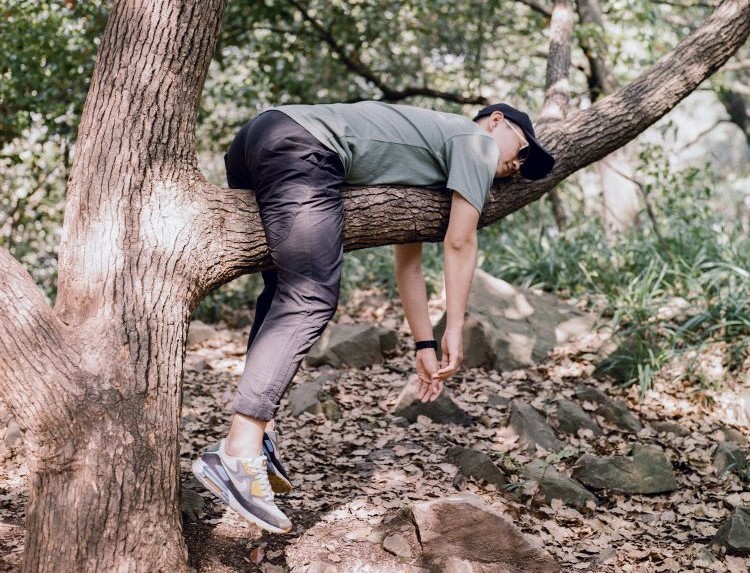
We can make jokes about this type of conduct, however, in a real-world long-term emergency, you must be mentally prepared for quick thinking and remaining calm and relaxed to minimize the risk of catastrophe.
READ THIS: Is It Hard to Move Chickens? From ChickenMethod.com
It’s already unpleasant to find yourself in a situation of emergency. But what if you have to experience it for days or weeks, or even months? Everyone will be affected. Remaining calm in the face of adversity comes from regularly practicing essential life skills. Before any disaster strikes, you should do this daily.
By waiting until something terrible happens, you risk putting too much pressure on yourself and others. You can, however, teach your loved ones how to handle stressful situations in your day-to-day life. If available, taking a warm, soothing bath and using a candle-lit, luxuriously scented bath bomb, for instance, might help you relax.
Related: Why Start Your Day With Gratitude and Positive Thinking?
However, in an emergency, you won’t have access to these things. You’ll almost certainly be required to develop new methods for dealing with pressure, including prayer and contemplation, as well as positive statements.
You want to ensure that you and your family are never trapped in an “emergency mode” mentality. Set aside time to unwind and have fun, even in the worst-case situation. You should know how to play games and tell tales to amuse your kids even when you have no other options.
Make it a habit to practice thankfulness. This is something you’ll require a lot during a disaster when people are only concerned about what they lack.
READ NEXT: The Ultimate Guide to SHTF Survival Lessons, Lessons #8-10, Cleanliness, Defense, and First Aid
